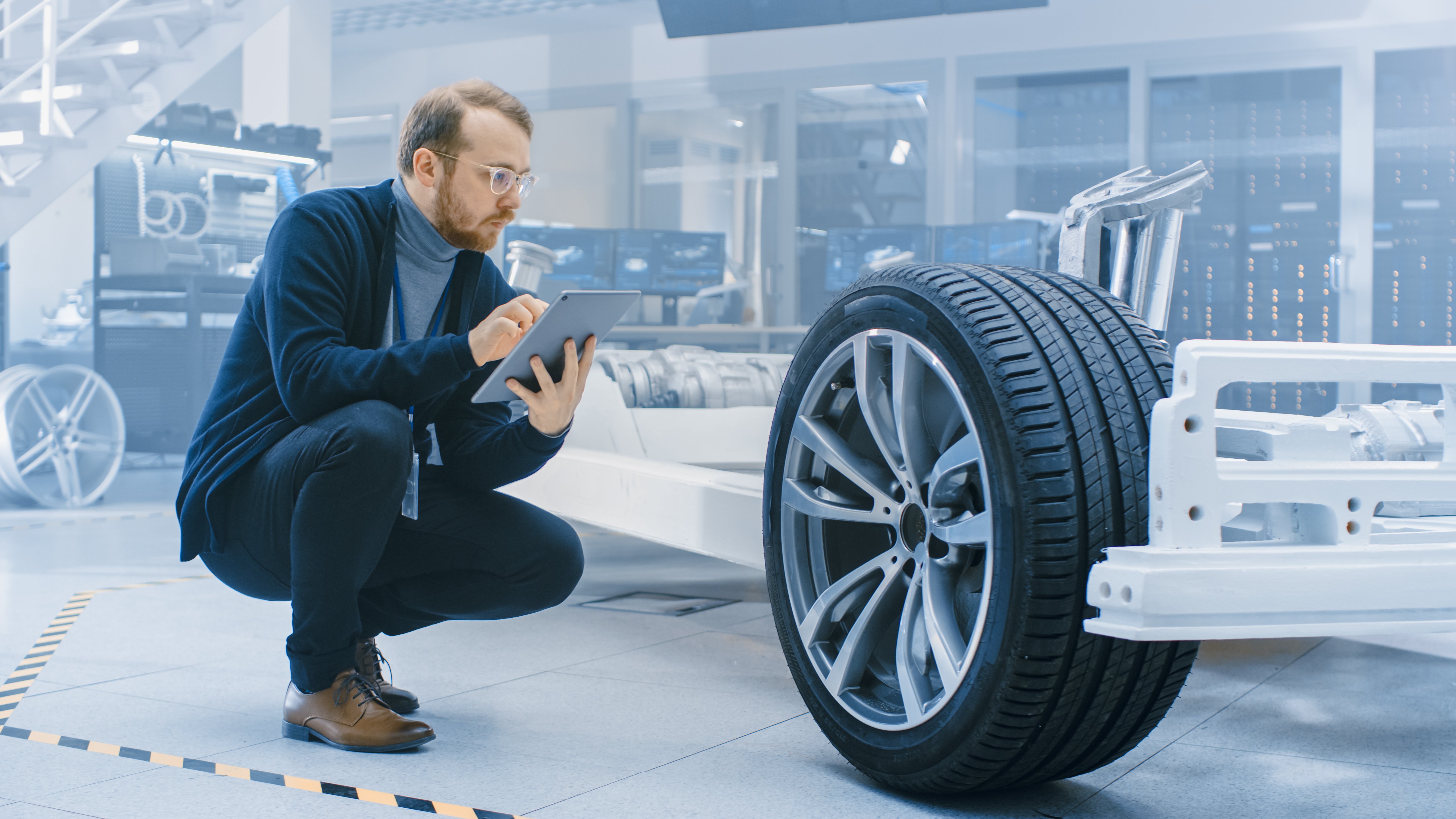Existing testing approaches are time consuming taking several months to run 1000s of tests on 100s of samples. The tests are destructive meaning the batteries tested are not usable when testing is complete. Data collected from testing is only valid for the batch of batteries testes (i.e., they are tied to battery chemistry). As battery consumption increases, the length of time to test batteries becomes critical. If supplies are depleted before testing is completed, the testing results are worthless.
An alternate form of testing is available based on physics-based models. This technique does not require the long test cycles, but it is very complicated to deploy. Models must capture the battery components and operation conditions, or their results don't match reality. Because they are tightly coupled to the battery structure, they must be updated every time the battery supplies change. This happens often as a battery is made of many different components and compounds.
Research has shown that a new type of modeling could be used to predict battery life. The technique uses a form of Artificial Intelligence (AI) based on Machine Learning (ML) models. The ML-based approach has several advantages:
- It doesn't require capturing detailed aspects of the battery composition.
- Training the model involves use of readily available data such as temperature, current and charge states.
- Initial results show that a valid prediction can be done with far less physical testing (up to 10x fewer cycles).

This has enormous impact on the testing process. Updating an ML-based model is easier than changing an existing physics-based model. The process used to train the model originally is reapplied with an updated set of input data. As the ML models improve, the number of physical testing cycles decreases. This reduction is test cycles is mandatory as battery use increases.
Historically, ML techniques look promising early on in some uses cases but fail to produce valid results in the long run. These failures are attributed to factors such as:
- availability of valid data,
- identification of important features, and
- how well a set of features correlates to a desired outcome.
Fortunately, battery testing is well suited to the use of ML-based modeling as the quality and quantity of valid data is already available thru existing testing, a battery's performance is known to be affected by temperature and other charging conditions, and the industry knows of future 'features' - types of input data - that could benefit model training.
More complex measurements such as impedance can be captured by sensors for analysis. These measurements are not as prevalent because they are more challenging to capture with desired accuracy. Since their use does not dramatically shorten the current battery testing process, they are avoided in practice; however, they may prove valuable in training ML models.
ML models do not strictly model the battery's composition allowing them to be more resilient to variations in input data. Since training is data-driven, the input data does not have to be based on only (raw) sensor data. It can include derived measurements based on calculations performed on the original (raw) data. An example of this is the impedance differential - the difference in the impedance measured at two consecutive times. - This derived measurement represents a new feature on which an ML model can be trained. It has ties to fundamental calculations performed as part of physics-based models based on differential equations and finite element analysis.
Today's results in battery prediction based on initial ML models are promising because they are based on the most fundamental measurements. The engineering community needs the infrastructure to perform ML-based analysis of battery data. Fortunately, companies like Viviota and their Time-to-Insight products provide such engineering-friendly solutions. Once ML-based model training and deployment are in-place, engineering teams can validate the effectiveness of their current data in predicting battery performance and explore the use of new data sources at the same time.
